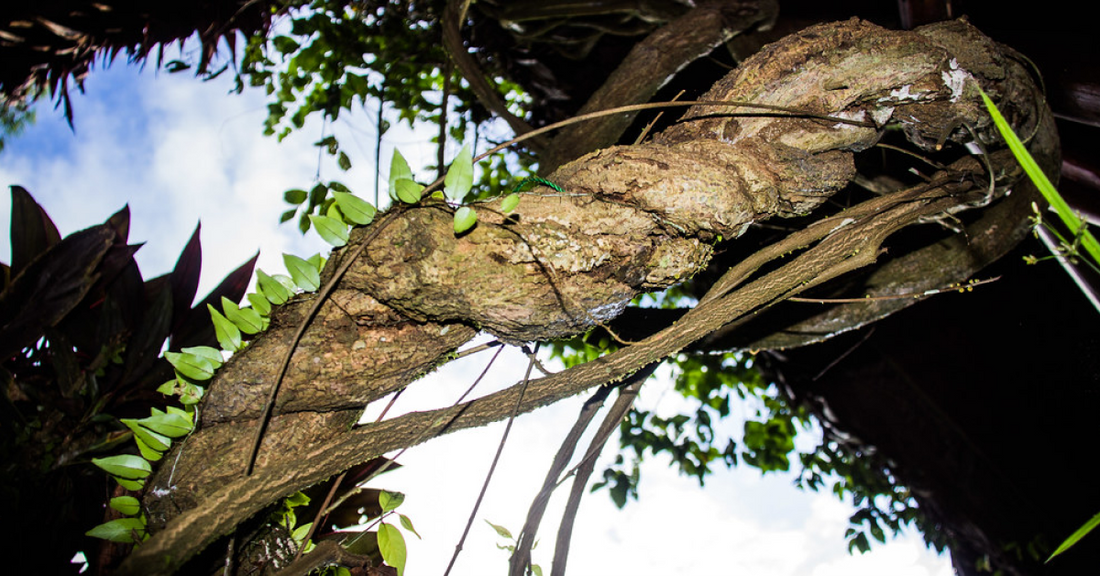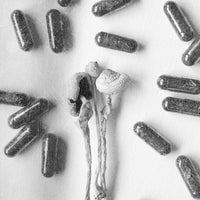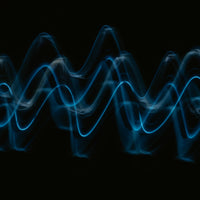As the medicine took hold, one member of our circle heralded Madre Ayahuasca’s arrival with the loudest, most violent upchucking I’d ever witnessed. His explosive expulsions seemed to tell clear and specific stories, as if he were ejecting the residues of discernible life events from the forbidden vaults of his viscera. For example, I’d swear I heard him jettisoning trauma he’d sustained during childhood from his father’s verbal attacks. (At the end of the night, with no prompting from me, another member of the group sat with him and quietly described having witnessed the same thing, so if I was projecting, I wasn’t alone in doing so.)
For many, that’s the draw of ayahuasca ceremonies: In the proper context, this medicine can deliver a veritable oil change for the psyche and soul. The physical purge and the accompanying emotional catharsis can be brutal, but participants frequently emerge feeling lighter, more invigorated and, in some cases, freed from lifelong internal burdens. So common is this process that it—and the brew itself—have been nicknamed la purga: the purge.
Personal experience can confirm aya’s capacity to facilitate a mental, emotional and spiritual deep-clean. Just how credible, though, are the claims that the purge rids the body of literal toxins and parasites? The internet teems with such testimonies from ceremony leaders and self-professed shamans, but how much of that is hearsay and belief, and how much is scientifically backed?
Taking Out the Trash
Ceremony participants often report seeing snakelike or wormlike organisms exiting their bodies during the aya purge. Are these strictly subconscious-language representations of dark thoughts and feelings that have squirmed and wormed their way into the psyche … or could they be visions of actual stowaways aboard the physical vessel?
An entry from the life sciences resource site Bionity.com contends that “the intense vomiting and occasional diarrhea [ayahuasca] induces can clear the body of worms and other tropical parasites.” The writer notes that the alkaloids harmine and harmaline, both of which ayahuasca contains in copious amounts, are known to be antiparasitic, adding, “Thus, this action is twofold; a direct action on the parasites by these harmala alkaloids (particularly harmine in ayahuasca) works to kill the parasites, and parasites are expelled through the increased intestinal motility caused by these alkaloids.”
The team that conducted this study in the Peruvian Amazon team asserted that ayahuasca use began as a means of cleaning parasites from the gut by way of purging. Various scientific findings from the 1980s, 2009, 2022 and 2023 have supported claims of the brew’s antiparasitic properties.
Data like this suggests that ayahuasca rids the body of not just parasites, but also such microbes as bacteria, fungi and viruses. Other researchers have observed “significant antimicrobial properties” and “remarkable antioxidant and anti-inflammatory activities” in the medicine, while this study contends that alkaloids in both ayahuasca and peyote (another psychedelic said to promote curative purging—or “getting well,” as it’s known in some Native American peyote ceremonies) have displayed antibacterial, antiviral and antifungal properties.
Microbiome Dosing
The scientific community is taking an increasing interest in the gut-brain axis: the relationship between mental/emotional states and the gut microbiome (the totality of bacteria, fungi, viruses and archaea living in our innards). Clinical assessments of the effects of psychedelics on disorders like PTSD, depression and anxiety have been valuable in this regard, as those conditions seem to be connected to microbial dysbiosis in the gut. Recently published research results tell us that “the therapeutic effects of psychedelics may, in part, be contingent upon the composition of an individual’s gut microbiota.”
According to psychopharmacological researcher Dr. Kim Kuypers, the link between the gut and the curative properties of these medicines may even apply where microdoses are concerned. “I suggest that low doses of psychedelics induce their effects via alterations in the microbiome and related pathways to the brain,” she writes.
It's likely that all of the above applies to ayahuasca specifically. As VICE has outlined, aya almost definitely affects the gut’s bacteria in some way. Researchers are currently looking into just what form this impact takes and how it might influence mental health. Based on what they’ve learned through collaborative efforts with the Heroic Hearts Project, Drs. Kate Pate and Christopher Lowry have proposed that ayahuasca’s healing properties may be tied to increased gut microbiome diversity, inflammation prevention or the elimination of potentially disease-inducing organisms in the microbiome.
Lastly, this study of aya’s purgative properties concluded that “although a full justification of the potential benefits of ayahuasca at the gastrointestinal level wasnʼt reached in this instance, both perspectives here presented, ethnocultural and pharmacological, clearly indicate a strong possibility in this regard, thus suggesting further studies on this topic.”
The Forever Purge
The authors of the above study noted that “the scientific stance has historically marginalized emic understandings of efficacy related to the plant world, confining them to the realm of belief, as part of a larger mechanization tendency of science.” Based on their findings, they concluded that purging during an ayahuasca ceremony could play a significant role in participants’ long-term wellbeing, “without any need for a comprehensive biochemical explanation.”
Additionally, they stated that “cross-cultural narratives of purging related to the expulsion of negative things—including emotions—from the body … should not be dismissed as having a purely symbolic valence.”
Many of those who have experienced this type of cleansing agree that it can take place on levels beyond the scope of scientific measurement. In fact, journeyers often claim that purging on ayahuasca doesn’t always even take the form of vomiting. There are endless anecdotal accounts of ceremony participants expelling their soul-crud through things like laughing, crying, yelling and howling at the moon… and yes, some people do literally “lose their shit” in ayahuasca ceremonies.
As California-based educational consultant Virginia Elena tells Trends, “Even if you're just singing, you might get something out that way.”
Elena has participated in roughly 10 aya ceremonies, out of which she has purged somewhere between 70 and 80 percent of the time. She feels that while vomiting isn’t the only way to purge on ayahuasca, it’s the most powerful one.
She says that in the time before the purge, unpleasant thoughts and feelings begin to arise for her. “You’re sitting with your emotional sickness and your physical sickness—but I feel like it really all stems from the emotional—until you purge it out,” she explains. “Maybe you have a flash of those feelings as you’re throwing up. [When the vomiting is done,] all those bad feelings are gone, and my mind is peaceful.”
Damon Orion is a writer, musician, artist, and teacher based in Santa Cruz, CA. He has written for Revolver, Guitar World, Spirituality & Health, Classic Rock, High Times and other publications. Read more of his work at damonorion.com.




